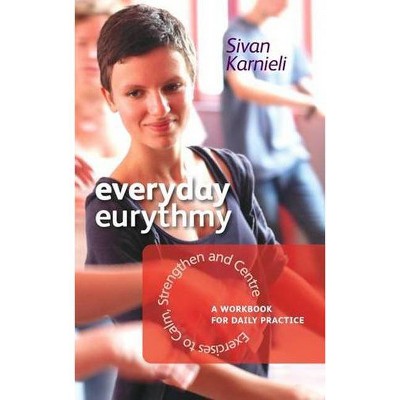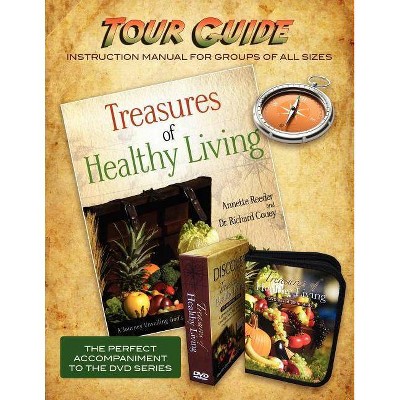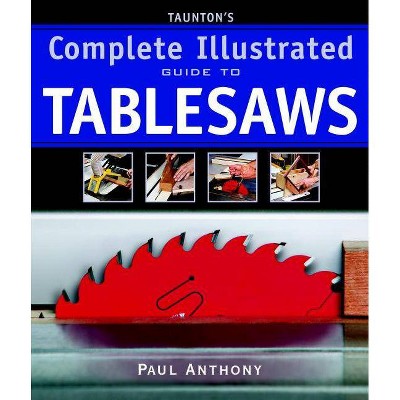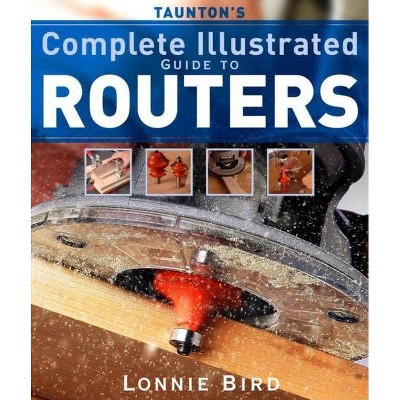An Illustrated Guide to Everyday Eurythmy - by Barbara Tapfer & Annette Weisskircher (Paperback)
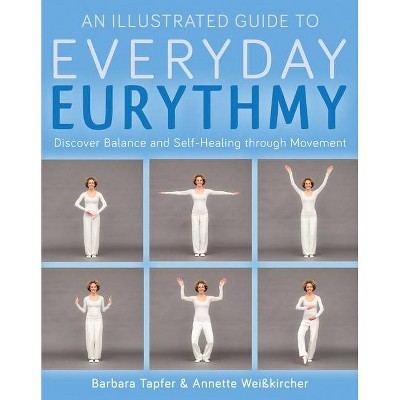
Similar Products
Products of same category from the store
AllProduct info
<p/><br></br><p><b> About the Book </b></p></br></br>Describes and illustrates through photographs the core speech-sound exercises of eurythmy, to help people practise eurythmy therapy at home.<p/><br></br><p><b> Book Synopsis </b></p></br></br><p>Discover the art of eurythmy with this richly illustrated step-by-step guide.</p> <p>Eurythmy is a compelling method of bringing balance and harmony to our body, soul and spirit through a series of rhythmic body movements. For the first time, this unique book captures these gestures visually through dynamic photographs, which clearly demonstrate the core movements of eurythmy therapy.</p> <p>It has long been recognized that we can direct powerful physical and mental changes within ourselves through specific movements of our bodies, as stated by advocates of yoga and tai chi.</p> <p>The authors of this original book are experienced eurythmists, who describe and illustrate the core speech-sound exercises: vowel exercises, consonant exercises and soul exercises, which include love, hope and sympathy.</p> <p>This book is not a replacement for a qualified eurythmy therapist, but is intended as guidance and orientation for patients practising on their own, perhaps after a few initial sessions with a therapist, or for more experienced eurythmists.</p><p/><br></br><p><b> Review Quotes </b></p></br></br><br><p>'If you have ever been lucky enough to have embarked on a course of Eurythmy Therapy, then you know instantly that <em>An Illustrated Guide to Everyday Eurythmy</em> is an incredibly helpful book to own. You will know that the powerful exercises given by the therapist during your sessions unfold their true potential when you can practice them regularly and diligently. While most of the exercises are not difficult to do, the exact sequence of movements is important: Is the position of the feet correct? Does the gesture start small or wide, up or down? How does it end? These and similar questions can easily crop up in the time between sessions and uncertainties regarding them can very easily derail all the good intentions to practice. To have this illustrated guide to hand is exactly what has been missing up to now, because it is precisely this 'aide-memoir' that will help you to stay on track. It will also be invaluable when your course of sessions is finished, but you realise that it would still be helpful to continue with the exercises, or if you wish to return to them after letting them rest for a while.The way the book has been structured and laid out, the way that each description, each word, has been considered and chosen is exemplary and is imbued with the same attention and mindfulness that a good therapist will bring to his or her session. There is nothing to distract or confuse, no word is too much or too little, in fact, the careful reading and following of the instructions will recreate a therapeutic 'space' around the reader, which will lead him or her gently and easily into the mindset necessary for effective practice. It is clearly stated in the book, that it is not intended as an alternative to receiving Eurythmy Therapy, and on its own it cannot convey the exercises fully, - the book is intended as a companion to receiving live sessions, - but with this as a given, the descriptions and illustrations are clear and complete. I am very impressed with this book and its presentation - from the concept behind it, the intention, the structure and wording, its size and use of colour and illustration, the quality of the paper, to the fact that it will lie flat when opened at a certain page. This last little detail really exemplifies the kind of thought that went into every aspect of creating this resource for everyday eurythmy.'<br />- Sigune Brinch, Teacher at Peredur Eurythmy (MA Eurythmy Performing Arts, Alanus University, D-Alfter/Bonn 2016)</p> <p>'This book is clear and down to earth. It is well laid out and the photos are possible to follow or imitate. I was aware that I was meeting both the text and the illustrations with a degree of working experience as a eurythmy therapist, and having shown it to a couple of my patients they stressed that it could help remember exercises already tackled with a therapist, but no way could it replace the human interaction and process of eurythmy therapy itself. It has not set out to be a 'self-help' book, I think, but rather to make a courageous attempt to put Eurythmy Therapy in the 'market place', perhaps attracting people who are new to it and are intrigued, or re-inspiring those more familiar. I will certainly use it to illustrate and support work as a therapist, and also for myself as a helpful reminder of basic exercises... I would recommend this book to other eurythmists and eurythmy therapists as a clear and attractive handbook.'<br />- Jane Abel, Eurythmy Therapist</p> <p>'The book itself has a good and clear layout and it is easy to get an overview of the exercises... I have to say that as a eurythmist I find the book useful as a resource for deepening my knowledge of the sounds and I personally wouldn't mind a Volume 2 covering themes such as rhythms, spatial forms and body meditations.'<br />- Saraphir Qaa-Rishi, Eurythmist and Movement Teacher</p> <p>'Easy to follow and is to be commended on its attractive presentation... Having never visited a eurythmy therapist myself I could not say whether or not they hand out illustrations of the exercises as an aide memoire for their client, but if not, they might well wish to consider availing themselves of this work-book to pass on to clients as a useful follow-on after having first imparted to them a sufficient orientation in these eurythmy exercises.'<br />- New View</p> <p>'This book is a unique piece of work that can bring new insights to eurythmy therapists in practice and can also deepen the patient's connection to the exercises. Well worth the space on one's shelf for sure!'<br />- Perspectives</p> <p>'It seemed to me the only way to fairly review would be to look at the exercises and try them out... I found the instructions clear and helpful, and consistent with my memory... I am pleased to have this book and I believe it will help people like me to practice eurythmy. I think for the purpose of giving support for people to continuing working with eurythmy it would be invaluable. I think it may help some practitioners in their work. It is clearly not the intention of the authors that people with no experience of eurythmy or no guidance from a therapist, should consider this to be a tutor. I could imagine that someone who does have an interest in eurythmy could be encouraged by this book to seek out a course or a therapist.<br />- Point & Circle Magazine</p><br><p/><br></br><p><b> About the Author </b></p></br></br>Barbara Tapfer was born in 1977 in the South Tyrol in Northern Italy. She studied eurythmy at Dornach, The Hague and Järna, and now runs a private eurythmy practice. Professor Annette Weisskircher was born in 1955 in Bonn and studied eurythmy and eurythmy therapy. She has worked for many years in private practice. She created the first eurythmy master's program at Alanus University.
Price History
Price Archive shows prices from various stores, lets you see history and find the cheapest. There is no actual sale on the website. For all support, inquiry and suggestion messagescommunication@pricearchive.us
